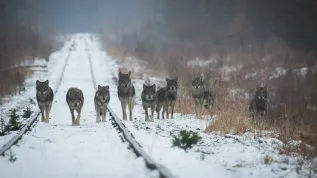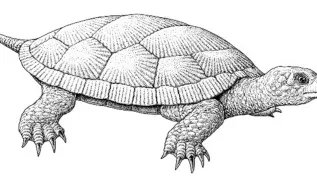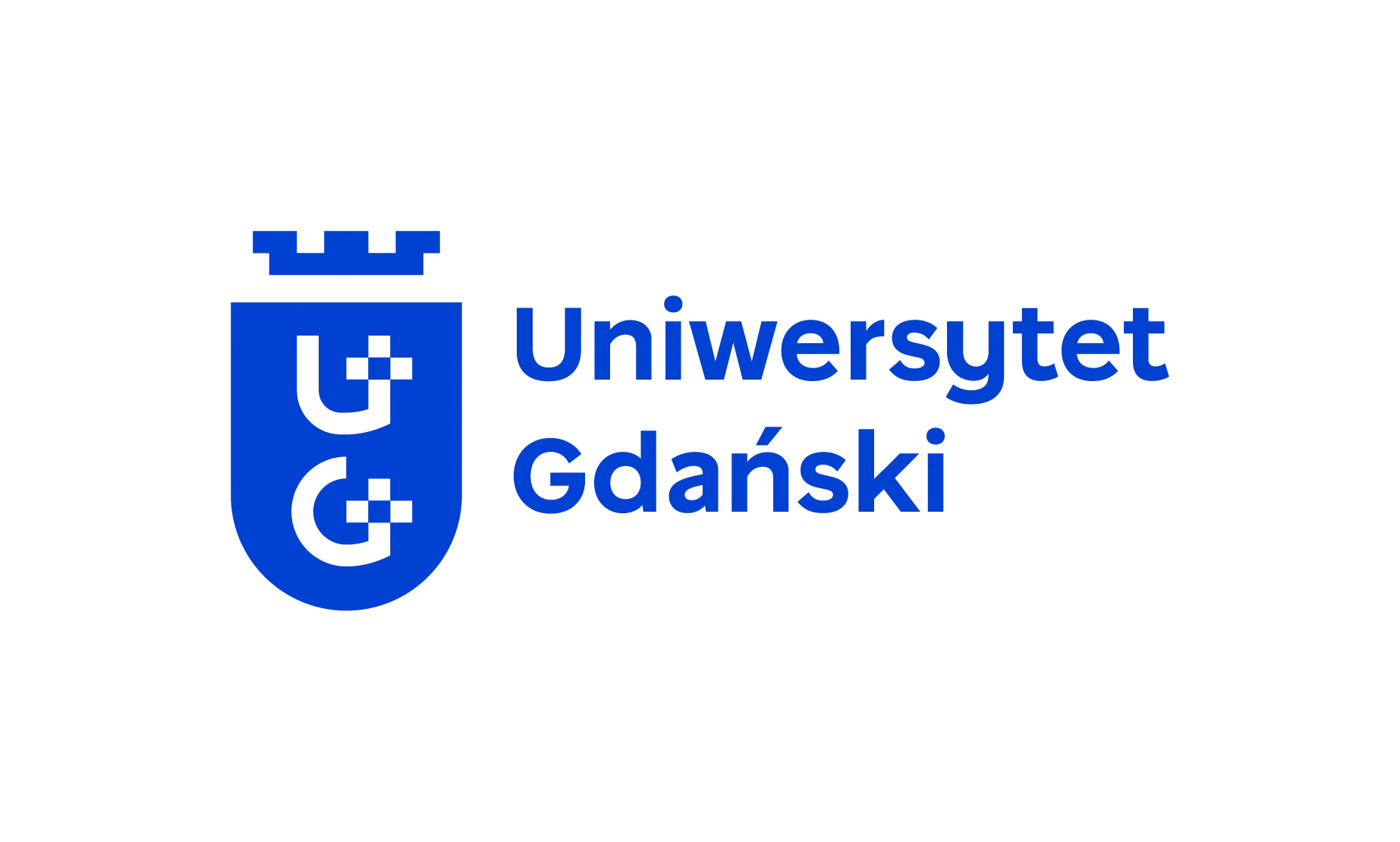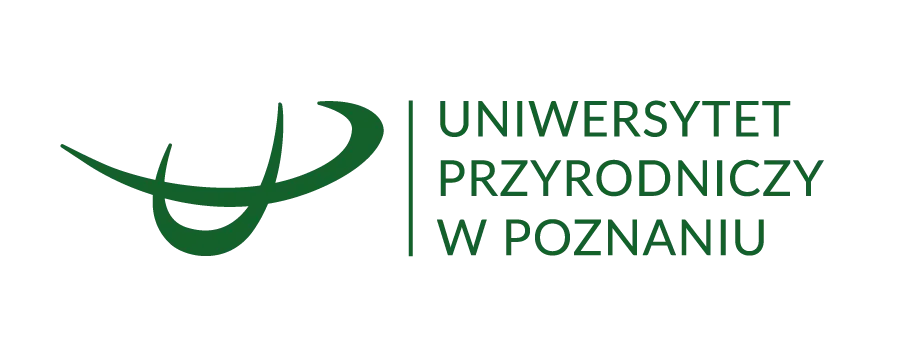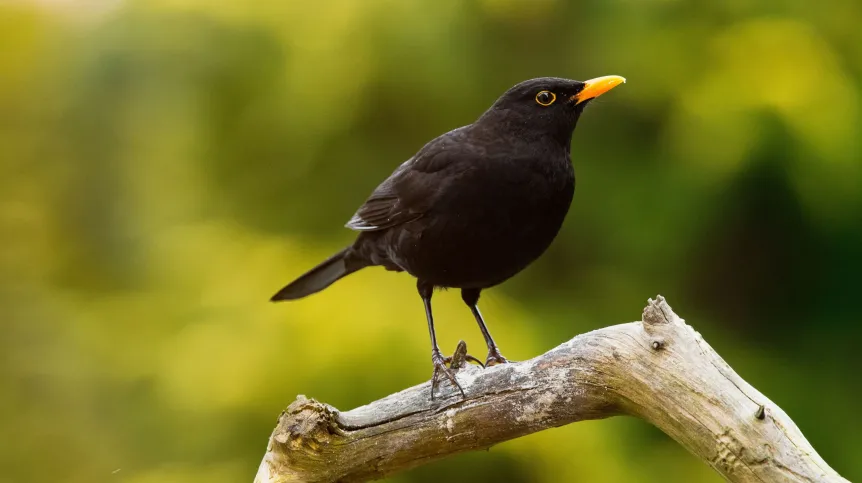
Intra-species adoptions are a well-known phenomenon in the bird world, especially in large breeding colonies of seabirds. Inter-species adoptions - apart from brood parasites such as cuckoos, honeyguides or cowbirds - do occur, but they are rare and remain a mystery to scientists, says ornithologist Marta Cholewa, PhD.
Adoption is a situation in which adult birds care for young that are not their biological offspring. It most often concerns a chick of the same species, but there are also cases of adopting the young of other bird species.
The former are usually observed in seabirds nesting in large colonies (such as gulls), where the distances between nests are small. The mechanism of such adoption is quite simple: when the chicks, already moving independently, start to leave the nests, the adults may get confused and start feeding the young that are not their own.
What often provokes protective behaviour towards a strange chick is not its appearance, but its voice. 'The sound of begging for food is so suggestive for an adult bird that it simply gives in to it. It's an instinct', says Marta Cholewa, PhD, an expert from the Faculty of Biological Sciences at the University of Wrocław, who studies bird adoptions.
Adoptions in which an adult bird starts feeding a chick of another species are decidedly rarer and more mysterious for scientists. Such behaviours have been observed, for example, in the population of Szczecin blackbirds (Turdus merula) which took care of fledglings of fieldfares Turdus pilaris).
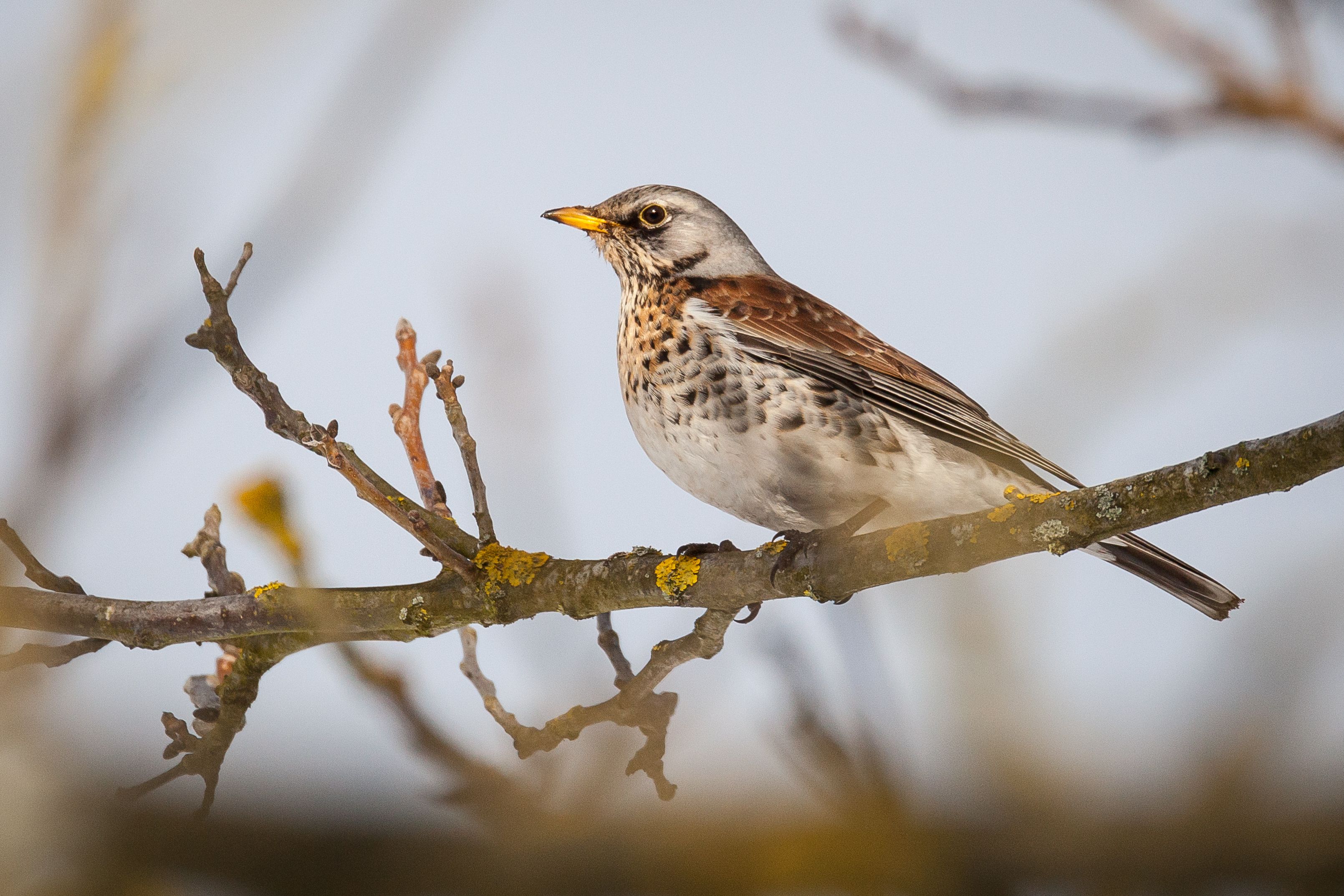
It is still unclear to ornithologists what lies behind such behaviours; they are considering several possible explanations.
'The first hypothesis assumes that it is a simple mistake. It occurs because, for example, in city parks, where other species of thrushes, such as fieldfares or song thrushes, nest next to blackbirds. If their young leave the nests at the same time, and they are so close to each other, a mistake may occur that the parent does not notice', the expert says.
Another theory concerns the so-called predatory dispersal strategy. In this approach, by feeding a larger number of young, an adult bird reduces the risk that a predator will reach its own offspring. 'It is even possible that some birds deliberately adopt young that are smaller and weaker than their own, so that in the event of an attack, the predator will choose the one that is easiest for it to catch, and leave the biological offspring of the parent alone', Cholewa explains.
Another hypothesis assumes that some males, such as the green-rumped parrotlets (Forpus passerinus), may adopt young because this increases their attractiveness to females and improves their reproductive chances.
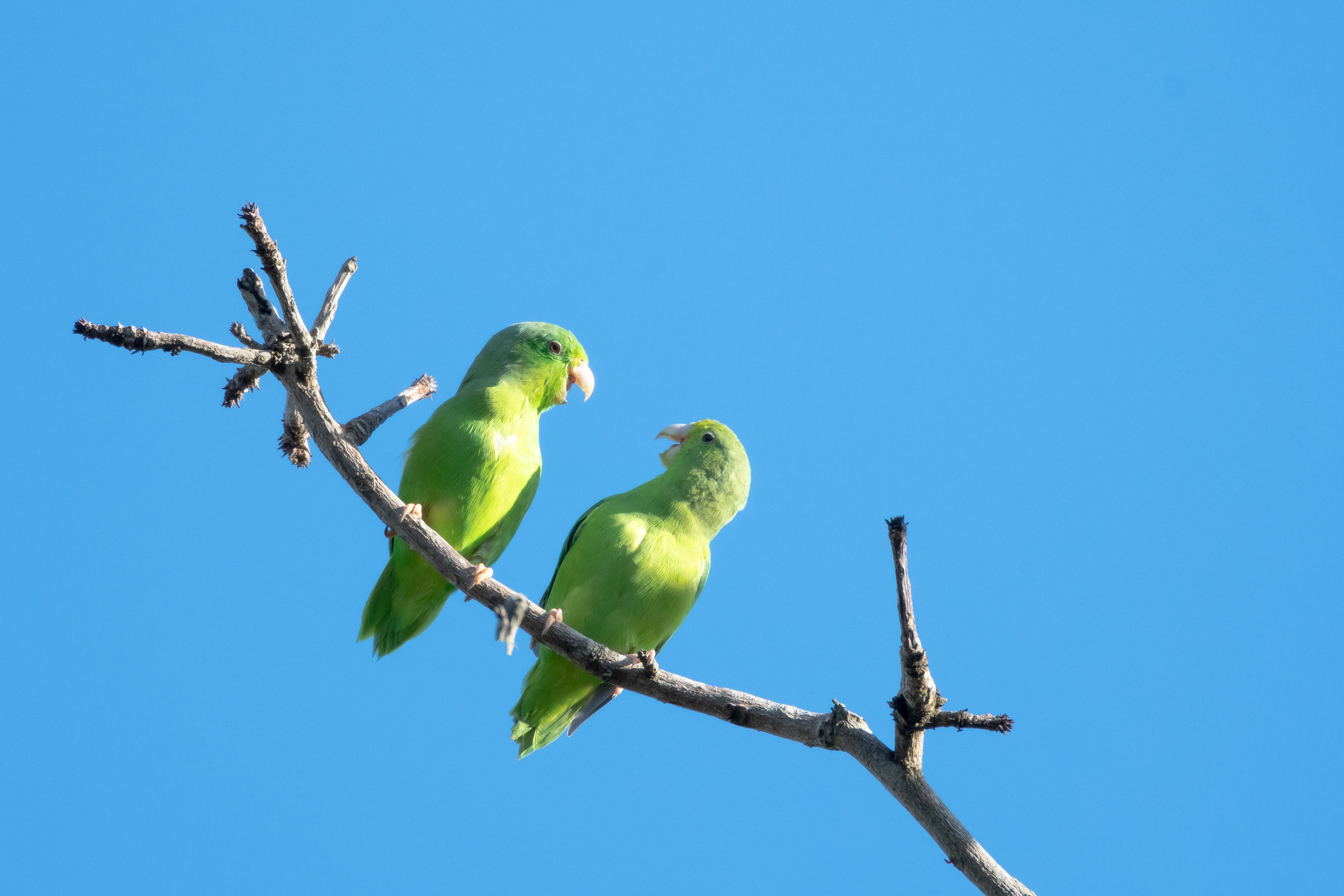
There are also cases that are very difficult to explain and analyse. Over the past few years, Polish ornithologists have reported an unusual discovery several times: a chick of another species, most often a buzzard, appeared in a white-tailed eagle nest. It is not known whether it ended up there as prey that was not immediately consumed for some reason, or it was a short-term form of care on the part of the white-tailed eagles.
One such situation occurred in 2024. For several days, observers recorded that the young buzzard was fed and treated by the white-tailed eagles as one of their own chicks. After a few days, the Eagle Protection Committee reported that the bird had been killed and eaten. A similar event had taken place a year earlier and ended in the same way. Also this season, the Kampinos National Park reported that a live, small buzzard chick had been found in one of the white-tailed eagle nests, along with two fully-grown white-tailed eagle chicks.
According to the ornithologist from the University of Wrocław, such observations remain valuable, if difficult to analyse due to their rarity. However, each of them shows the complexity of bird behaviour and provides important data that can expand knowledge about the mechanisms governing the protective instinct, recognition of offspring, and the flexibility of adult reactions in different environmental conditions.
PAP - Science in Poland, Katarzyna Czechowicz (PAP)
kap/ bar/ mhr/

